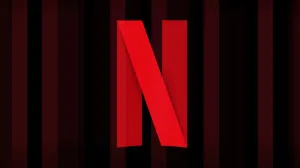The Metroid franchise has a long history with Nintendo, but the series has had some real ups and downs in the 18 years between new entries in the Metroid Prime sub-franchise. A reinvention of the 2D sci-fi action/adventure game, Metroid Prime was one of the most acclaimed titles in the GameCube library after it launched in 2002.
Videos by ComicBook.com
By 2007, the trilogy was completed on the Nintendo Wii with the similarly celebrated Metroid Prime 3: Corruption. Since then, though, the series’s six releases have ranged from remasters and retro remakes to more controversial attempts to reinvent the series. With the gap between Metroid Prime releases almost over, it’s worth looking back at how the series has fared over the last two decades.
Metroid Prime: Trilogy (2009)
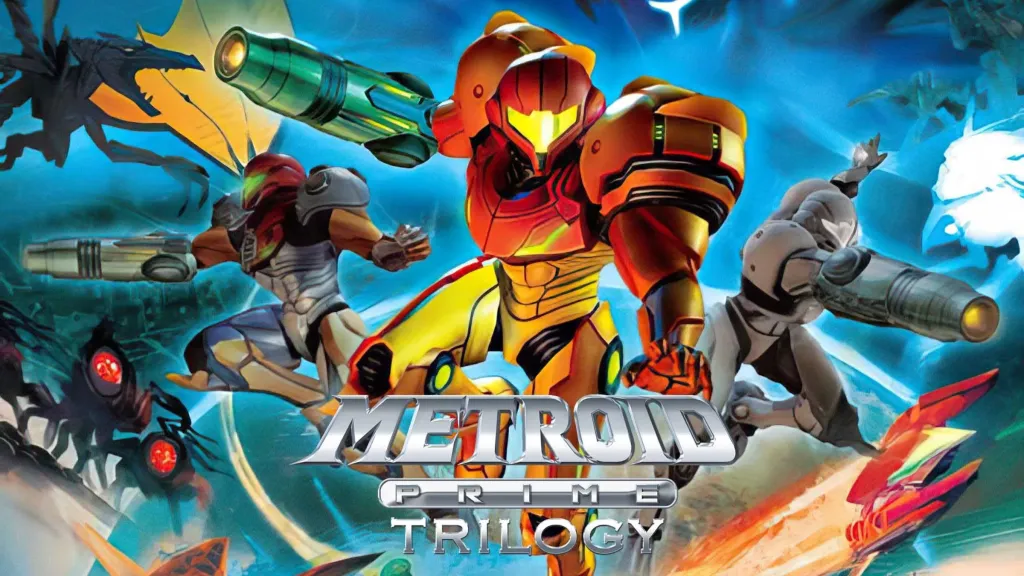
Two years after Metroid Prime 3: Corruption landed on the Nintendo Wii, fans of the series got a chance to revisit the trilogy with the Metroid Prime: Trilogy release. The first-person perspective of the first two games adapted well to the Nintendo Wii’s motion-controlled Wii-mote, playing off the similar mechanics of Metroid Prime 3.
The game was regularly ranked among the best releases for the Nintendo Wii by critics, and it served as a fun reminder of the franchise’s potential ahead of the release of Metroid: Other M. This may have also played a part in the more mixed reception that Other M received from fans. Especially in light of the universally adored Prime trilogy getting such a solid refresh just a year before the more divisive sequel landed, expectations might have been too high for the follow-up.
Metroid: Other M (2010)

Developed by Tecmo Koei’s Team Ninja and Nintendo, Metroid: Other M was a heavily story-based title that focused more on narrative than other entries in the series. Designed as a return to the formula of earlier games in the series instead of the first-person perspective, the game proved to be a mixed bag with critics. The central gameplay was largely well-received, with the streamlined controls complimented by many critics.
However, Other M‘s plotline was maligned by critics and fans alike, with the increased focus on Samus undercutting some major elements of the character’s mystique. Some fans were also frustrated by the prominence of the newly introduced CO, Adam. Although Nintendo had high hopes for the game, Other M stumbled with audiences and ended up being something of a minor disappointment.
Metroid Prime: Federation Force (2016)

It would take 6 years for Metroid to return, and even then, it was in a very different form. Released for the Nintendo 3DS, Metroid Prime: Federation Force was a four-player cooperative shooter that shifted away from Samus Aran and cast players as members of the Galactic Federation Marines.
Initially announced years earlier, the game had fallen by the wayside after the mixed release of Metroid: Other M. The game earned mixed reviews from critics at the time, and the game landed with a thud among consumers. Another inglorious chapter of the series, fans were frustrated by the lack of a full follow-up to the Prime trilogy. Luckily, things began to shift with the next release and a return to the earlier era of the series..
Metroid: Samus Returns (2017)
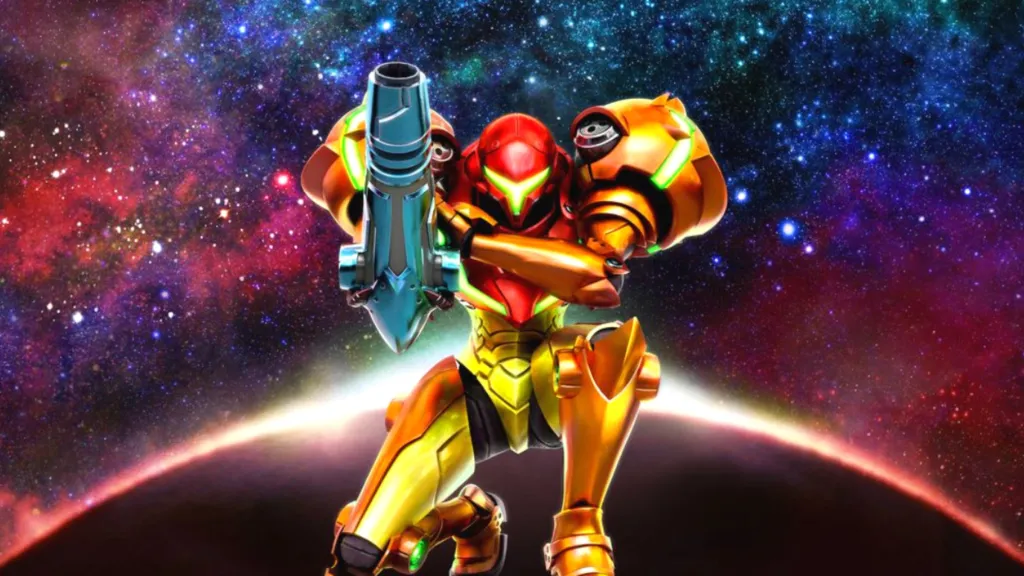
Developed by MercurySteam and under the supervision of Metroid veterans Yoshio Sakamoto and Takehiko Hosokawa, Metroid: Samus Returns was a retro return to form for the series. A remake of the Game Boy title Metroid II: Return of Samus, the Nintendo 3DS title was a throwback to the classic 2D approach of the franchise — albeit with modern graphics and new mechanics. The result was a game that benefited from advances in technology as well as a refined approach to the gameplay.
The 2.5D approach was a solid success for Nintendo, earning strong reviews from the gaming media, solid sales globally, and a number of awards. Metroid: Samus Returns was a nice way for Nintendo to test the waters both for the return of the Metroid series and for joining the growing trend of remasters and remakes of classic titles. Samus Returns is a good showcase for how to do a remake well, incorporating enough new and modern elements like counterstrikes while appealing to a more traditional approach to the series.
Metroid Dread (2021)

Following the critical success of Samus Returns, Metroid producer Yoshio Sakamoto recruited MecurySteam to help realize his ambitions for a new 2D entry in the series. Although the game had been initially intended for the Nintendo DS, Metroid Dread was meant to appease fan requests for a new Metroid game and his own desire to bring the series back to its former heights with a new title set in the classic gameplay style.
Set after the events of 2002’s Metroid Fusion for the Game Boy Advance, the throwback game was executed masterfully by the developer, incorporating stealth elements that contrasted well against the more combat-heavy sections of the game. Metroid Dread ranked well against other entries in the series and was hailed as one of the best titles of 2021, earning several awards, including a victory at the Game Awards to become the best-selling entry in the series to date.
Metroid Prime Remastered (2023)
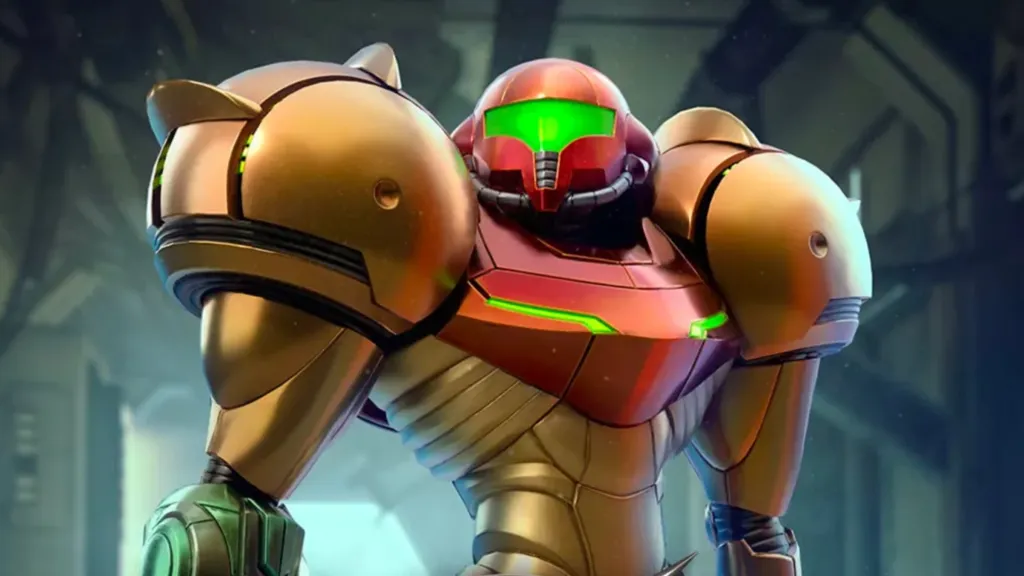
21 years after Metroid Prime won the franchise a renewed fanbase on the Nintendo GameCube, Metroid Prime Remastered brought the title into the modern era with a Nintendo Switch port. The remaster updated the visuals to accommodate improved console powers and updated the controls to adhere to the dual-stick controllers. The graphics look great, although the update wasn’t as well-received as prior remasters.
Similar to the remaster for the Wii, Metroid Prime Remastered was all about bringing the title into a more modern gaming style. The Metroid Prime Remastered release didn’t quite match the impressive scope of the trilogy re-release from over a decade prior. However, if nothing else, Metroid Prime Remastered renewed interest in Metroid 4: Beyond, helping keep up fan momentum for the game after it had been stuck in development for years.
Metroid Prime 4: Beyond (2025)
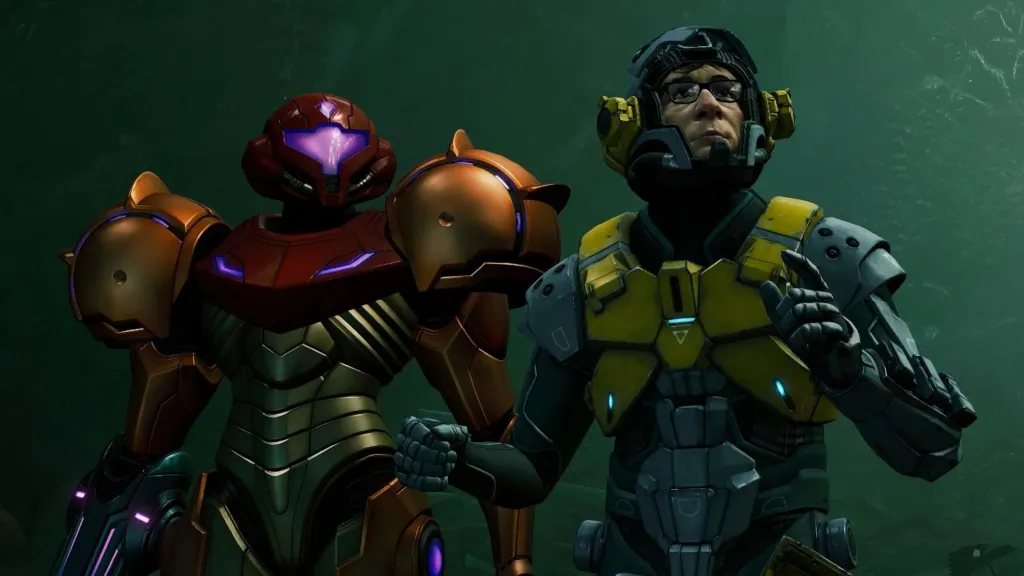
It took 18 years, but Metroid Prime 4: Beyond has finally brought the Metroid Prime branding back for a long-awaited return. The delay in the game’s release likely had something to do with Bandai Namco serving as the developer for the first two years before progress was halted and Nintendo restarted the process with Retro Studios.
A demo of the game was tested out by members of the gaming media in November, with some citing the solid gameplay and refreshing new elements like psychic powers, while decrying the NPC of Myles MacKenzie. Set for a December 4 release on the Switch and Switch 2, it remains to be seen if the game will match the heights of the Metroid Prime line. No matter what, it’s an exciting development for the franchise to be back in the Nintendo spotlight after almost twenty years since Metroid Prime 3 closed out one of the publisher’s best ever trilogies.




